Nagpur Metro
-
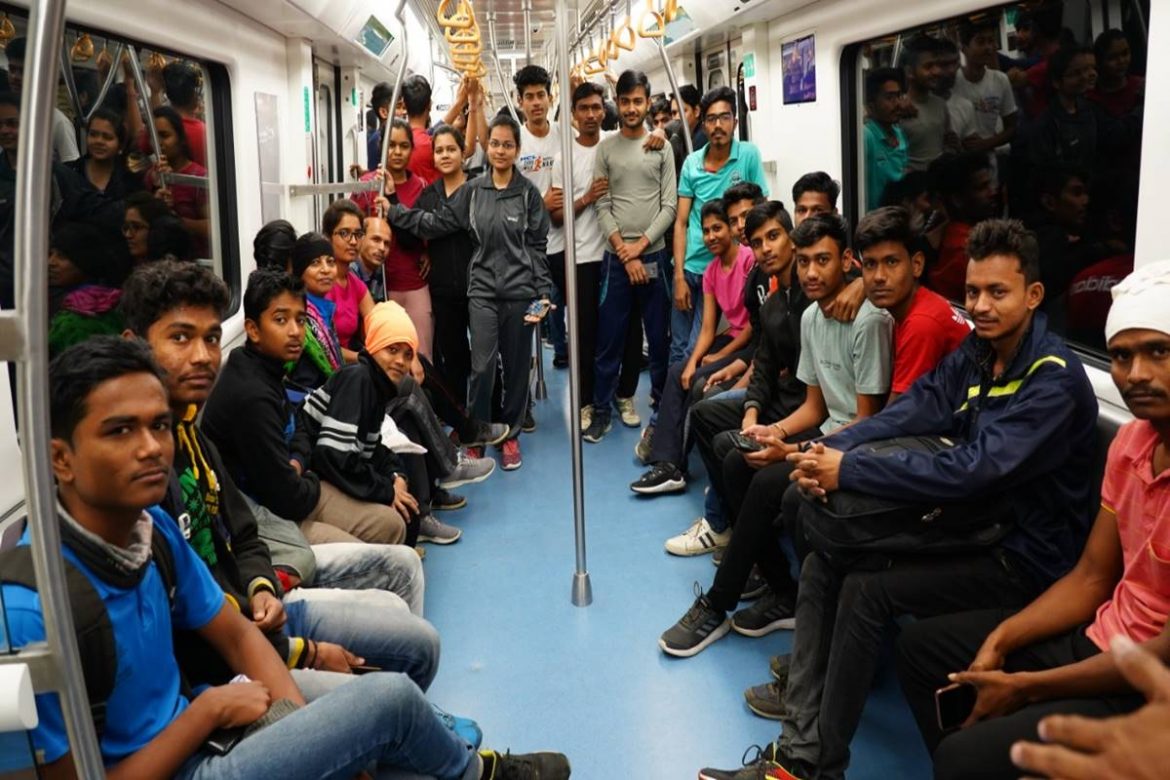
Nagpur Maha Metro Marathon | Nagpur updates
Maha Metro sponsored a Maha Metro marathon jointly with MIHAN. Dr. Brajesh Dixit, managing director of Maha Metro, launched the…
Read More » -
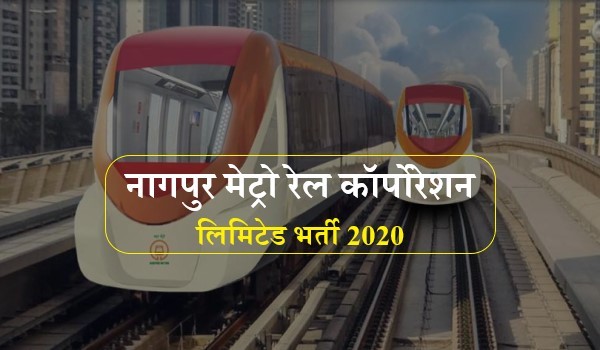
Nagpur Metro 2020 recruitment: Apply for different engineering positions
Nagpur Metro Recruitment 2020: Maharashtra Metro Rail Corporation Limited (Maha Metro) is inviting applications from eligible and experienced candidates to…
Read More » -

महाराष्ट्र मेट्रो रेल कॉर्पोरेशन लिमिटेड (नागपूर मेट्रो रेल प्रकल्प)
• कँसर पीडित चिमुकल्यांनी केली माझी मेट्रो सफर • ‘कॅन किड्स-किड्स कॅन’ आणि महामेट्रोच पुढाकार नागपूर १५: आज ‘इंटरनॅशनल चाइल्डहूड…
Read More » -

हिंगणा मेट्रो डेपोचे काम वेगात प्रगतीपथावर
-पूर्व – पश्चिम मेट्रो कॉरीडोर दरम्यान असलेल्या हिंगणा डेपोचे कार्य जलद गतीने सुरु आहे. नुकतेच, म्हणजे २८ जानेवारीला या एक्वा…
Read More » -
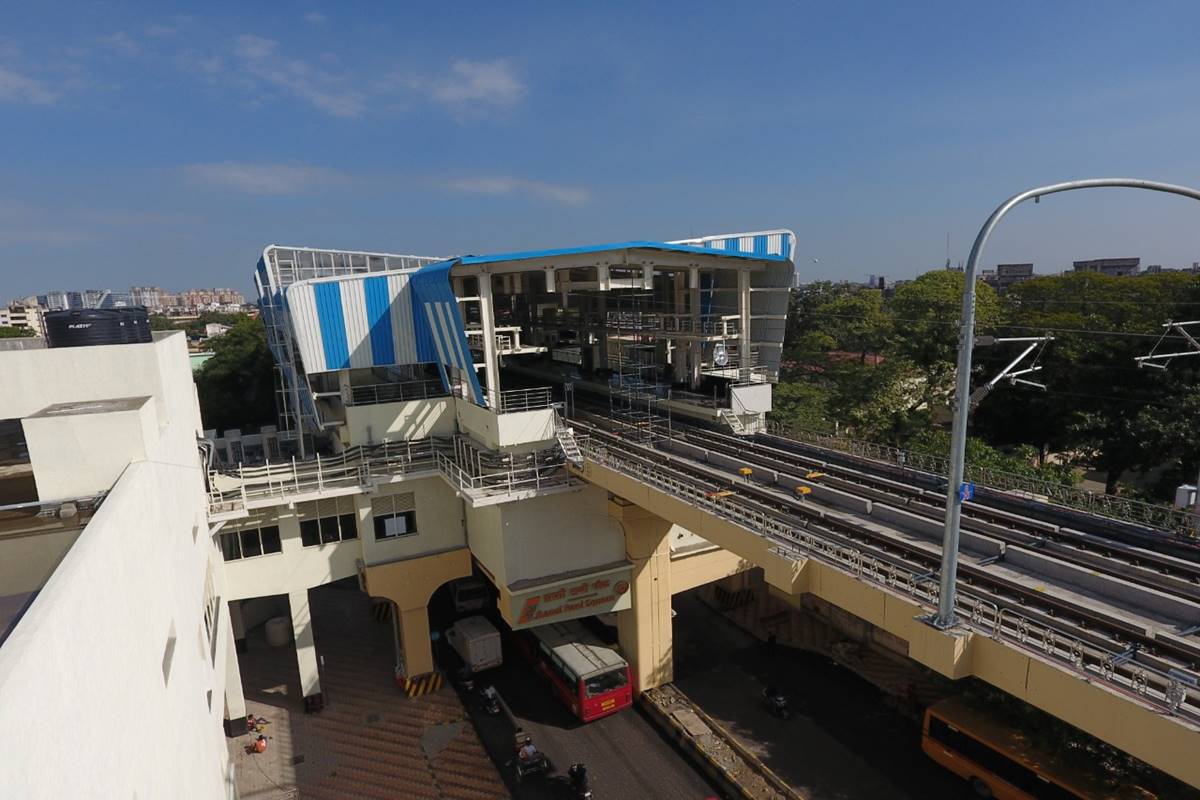
On Day 2 Scenic Aqua Line enjoys an 81% increase in ridership
On the second day, the Aqua Line of Mahametro’s Reach III, inaugurated a day ago by state chief minister Uddhav…
Read More » -
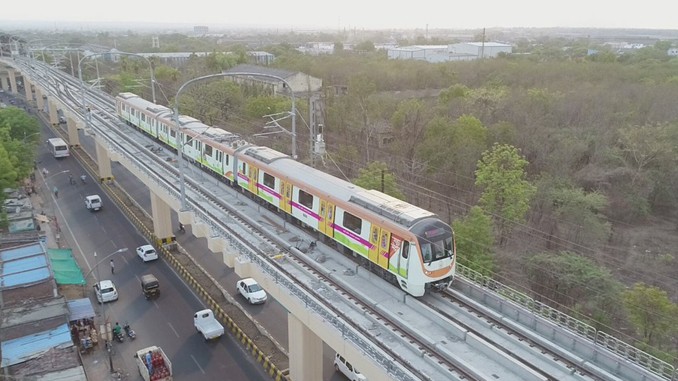
Nagpur Maha Metro will open the first segment of the Aqua Line from Lokmannya Nagar to Sitabuldi.
Maharashtra Metro Rail Corporation (Maha-Metro) started trading on the first segment of Nagpur Metro Aqua Line between Lokmannya Nagar Metro…
Read More » -

PM Narendra Modi will open the Aqua line of Nagpur Metro on 28 January
On January 28, Prime Minister Narendra Modi will inaugurate Aqua-Line’s new Metro route via video conference.Aqua-Line phase 1 will cover…
Read More » -
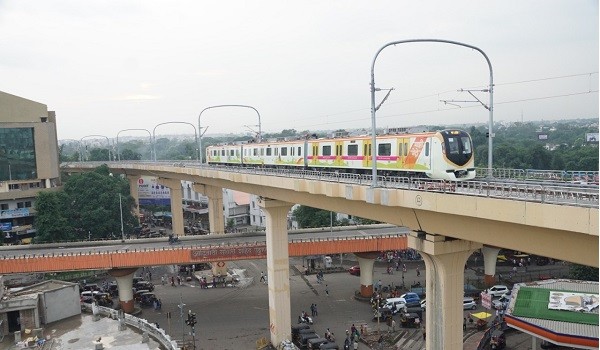
Nagpur Metro will open the Lokmanya Nagar-Sitabuldi segment on January 28th.
Nagpur, India : The Maharashtra Metro Rail Corporation (Maha Metro) today announced that the Metro train service between the Lokmanya…
Read More » -
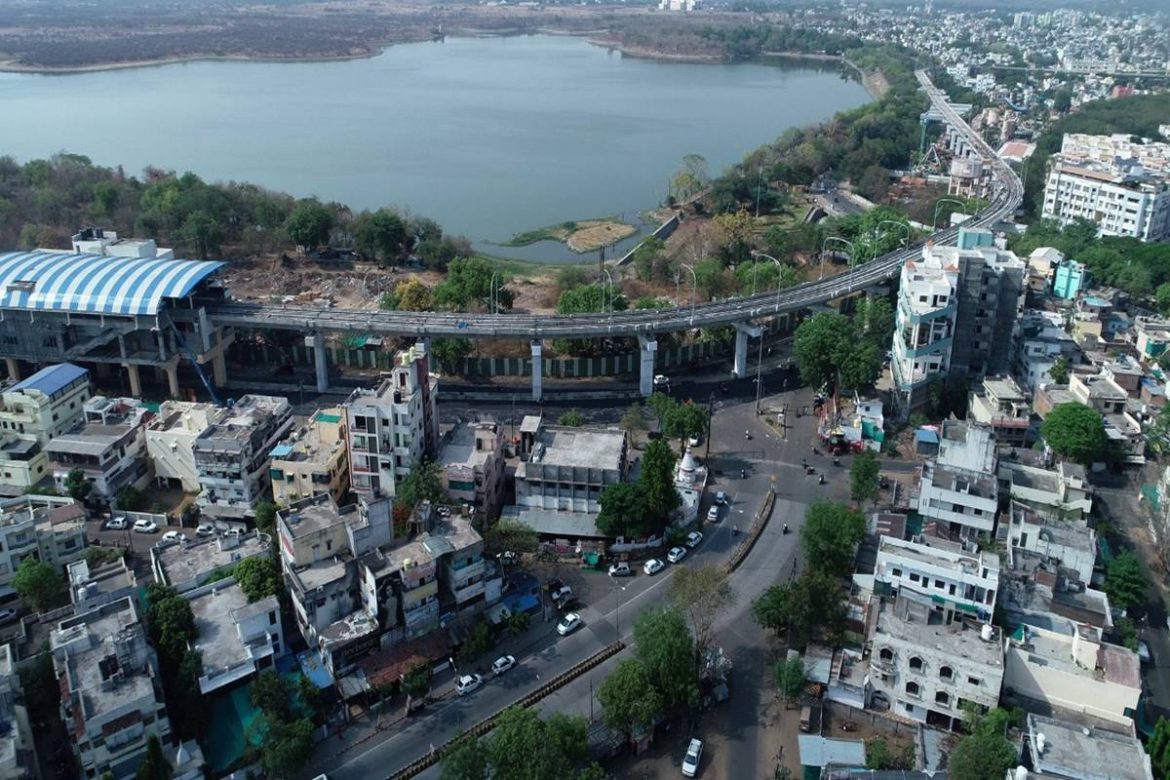
CM Uddhav Thackeray, Ministers of the Union Nitin Gadkari & Hardeep Singh Puri to Kick Off Maha Aqua Line on 28 January
Maha Metro Aqua Line services between Lokmanya Nagar Metro Station and Sitabuldi Interchange will be announced by Shri Uddhav Thackeray,…
Read More » -
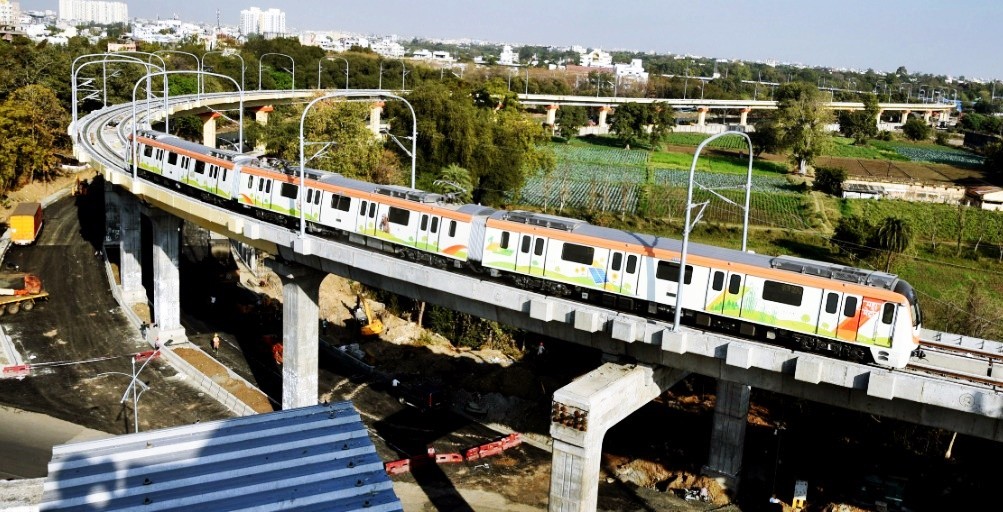
3 Months on, Mantralaya Metro Phase II program pending
In January 2019, Nagpur Metro’s Phase II was cleared by the state cabinet and it was expected to be approved…
Read More »

